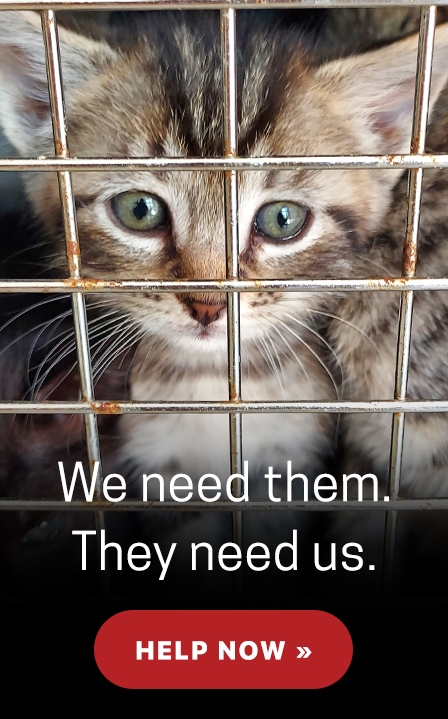The words “exotic” and “wild” are commonly used interchangeably and most people do not understand how these categories differ when it comes to pets. It is important to understand the difference between wild animals, exotic animals, non-traditional pets and the requirements and responsibilities of owning such animals as pets.
The definition of a wild or exotic animal is one that does not belong to one of seven domesticated species: dogs, cats, horses, pigs, cows, sheep or goats. Many people also consider the ferret (Mustela putorius furo) a domesticated animal. There are additional important distinctions to make between wild animals, exotic animals and non-traditional pets. Wild animals are indigenous, non-domesticated creatures living freely in the wild and are native to the country in which you live. In the United States, this category refers to animals such as white-tailed deer, pronghorn sheep, raccoons, skunks, rattlesnakes and bighorn sheep. An exotic animal is one that is wild but is from a different continent than the one on which you live. For example, a hedgehog in the United States would be considered an exotic animal, but in the hedgehog’s native country, it would be considered a wild one.
Non-traditional pets include hamsters, guinea pigs, tropical fish, parakeets, gerbils, bearded dragons, hedgehogs and ferrets. The non-traditional pet animals commonly sold in the pet trade are regulated and have been kept as pets for many years. Most of these animals have been bred by humans for many generations but are not considered domesticated. In addition, there are several good sources for learning about how to successfully provide proper care for these animals in your home.
Many people erroneously think captive wild and exotic animals are domesticated when they are considered tame. The seven domesticated species are classified by their close association with humans for thousands of years. A wild or exotic animal raised with humans is not domesticated, but simply a wild animal that is more accustomed to humans and possibly considered “tame.”
When people choose to take wild animals from the wild and make them so-called pets, they completely alter those individual animals’ lives forever. Keeping wild or exotic animals as pets often results in tragedy for the animals and a negative experience for the owners. Lack of knowledge about behavioral traits, social needs and proper nutrition may lead to inadvertent neglect. For many of the larger wild or exotic species, the cost of feed, veterinary care, handling equipment and confinement facilities may be prohibitive. The keeping of these animals should be left to Humane CertifiedTM and accredited zoos and aquariums.
The release or abandonment of native and non-native wildlife or exotic animals into the natural environment is another issue. Releasing these animals can create severe or catastrophic impacts to the native ecology. For example, in 1977, more than 3,500 raccoons were legally trapped in Florida and shipped to private hunting clubs in Virginia, where they were released as prospective game. They brought raccoon rabies north with them, into an area where racoon rabies did not exist. This catastrophe resulted in the formation of the National Rabies Management Program, the largest coordinated effort to control a zoonotic disease in wildlife populations ever undertaken in the U.S. The program costs about $28 million to run every year.
Many federal, state and regional laws and regulations prohibit the ownership of some exotic and wild animal species. Many of these species are physically dangerous and create a higher risk of transmitting diseases to humans (zoonotic diseases).

